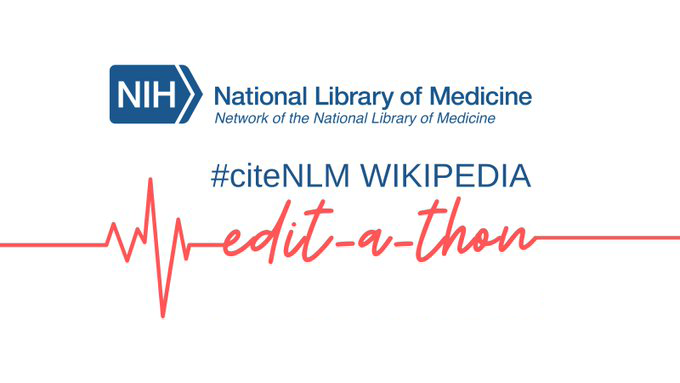HSLS offers classes in a wide array of subjects—molecular biology, database searching, bibliographic management, and more! You can quickly view all Upcoming Classes and Events or sign up to receive the weekly Upcoming HSLS Classes and Workshops email.
This month’s featured workshop is Basic EndNote. The workshop will take place on Monday, May 17, from 10-11:30 a.m.
Basic EndNote is a popular workshop at HSLS, as EndNote is a well-known reference management tool that helps to streamline your entire research process. The EndNote software provides assistance in your research practice by allowing you to collect, save, and organize references all in one place for quick and easy access. Then once you’re ready to write, EndNote creates in-text citations and bibliographies for you through a Word plug-in, allowing you to easily switch to different citation styles as needed.
This workshop is ideal for anyone looking for an easier way to manage references and for those tired of creating their bibliographies by hand. Continue reading

 The Network of the National Library of Medicine (NNLM) runs campaigns twice a year that encourage people to add citations from National Library of Medicine (NLM) resources—such as PubMed and MedlinePlus—to Wikipedia articles related to a chosen theme. The goal of these campaigns is to improve the amount and quality of health information available on Wikipedia.
The Network of the National Library of Medicine (NNLM) runs campaigns twice a year that encourage people to add citations from National Library of Medicine (NLM) resources—such as PubMed and MedlinePlus—to Wikipedia articles related to a chosen theme. The goal of these campaigns is to improve the amount and quality of health information available on Wikipedia.  HSLS has a vast collection of electronic resources such as e-journals, databases, and even e-books. The
HSLS has a vast collection of electronic resources such as e-journals, databases, and even e-books. The 
